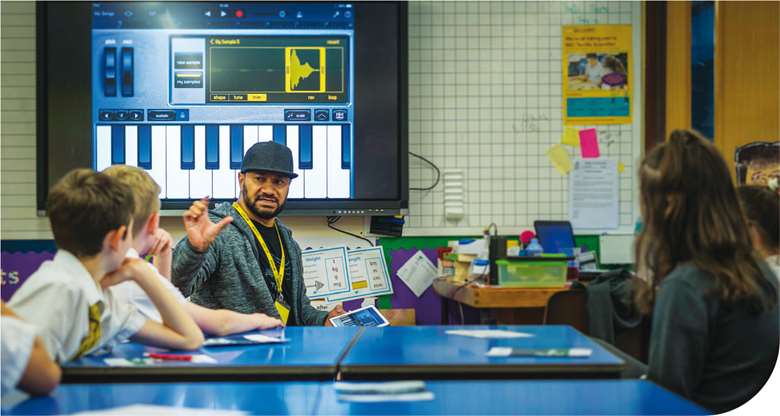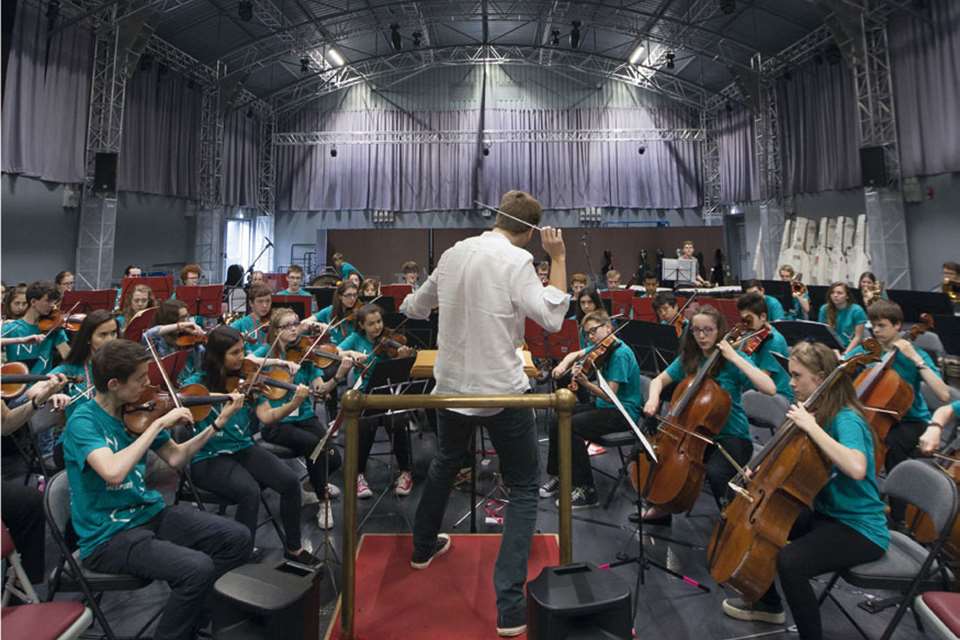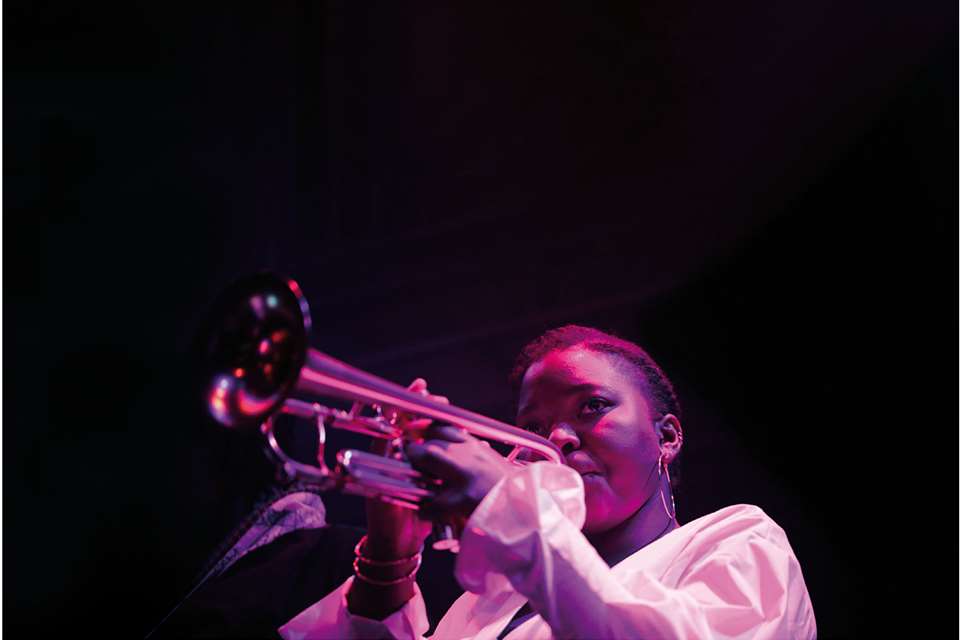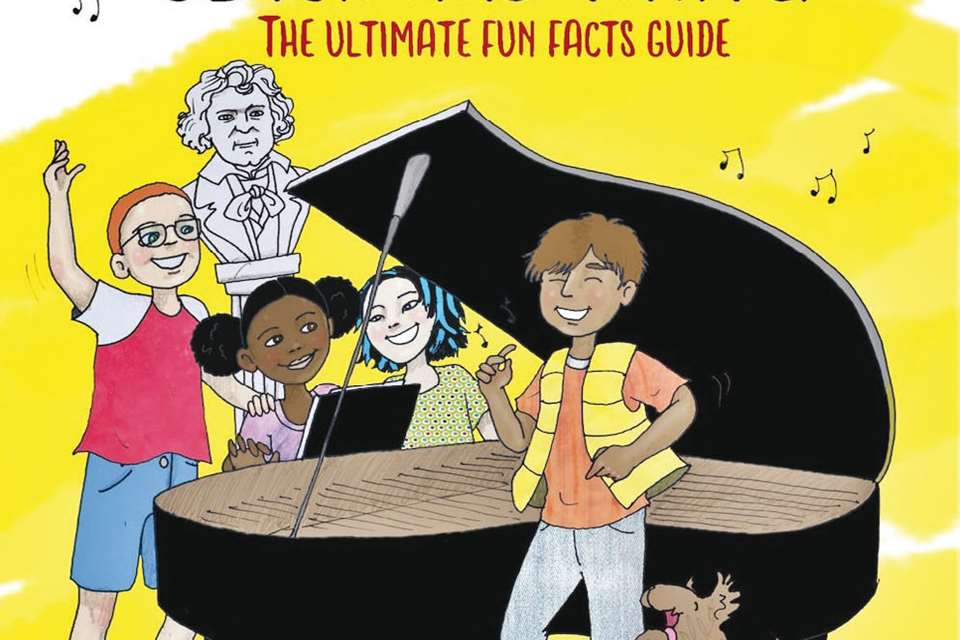Leading by example: Diversity and inclusion
Alex Stevens
Friday, January 1, 2021
Are we teaching music with an ‘exclusive hierarchy’? A diverse and inclusive music department benefits everyone, so Alex Stevens outlines some practical steps teachers can take to ensure musical opportunities are open to all.

The Music Works
Before we were all forced to deal with a global health crisis, a more abstract struggle dominated the discourse of UK society and beyond – the so-called culture wars, in which the impact of ideas such as white privilege and structural racism are relentlessly, polarisingly debated. This did not go away in 2020: Covid-19 often became simply an especially grim background to more urgent battles of identity.
In particular, the Black Lives Matter movement saw protests taking place despite the apparent health risks. But culture war issues have spanned feminism, ableism (discrimination in favour of able-bodied people) and politics (from Donald Trump, to Brexit, to Michael Gove's loose characterisation of the educational establishment as ‘the blob’ after he had faced resistance to reforms that included the EBacc).
Diversity and inclusion
While engaging with these issues is a requirement of an inclusive music department, it need not be as controversial as it sounds. A representative survey of more than 10,000 people by the More In Common foundation last year found that most of us are willing to see two sides of an argument, meaning the case is there to be made.
The difference between diversity and inclusion is important, but so is the relationship between them. They are inextricably and circularly linked: if your department lacks diversity in whatever way, it will not feel inclusive, and will only get less diverse over time. But if you increase the diversity of what a department offers, it will become more inclusive, in turn encouraging a more diverse range of music and music makers.
The role of music
Music can transform pupils and schools if given the chance, creating focused, motivated learners by giving them a positive space for self-expression, collaboration and achievement. But if music isn't genuinely inclusive at your school, it can be hard to gather the resources and support to plot a new course.
‘The first principle is that you've got to ask who you're trying to include,’ says Ben O’Sullivan, creative director (education) at The Music Works, a Gloucestershire charity that uses an approach rooted in inclusive social pedagogy. ‘Inclusion always starts with those you are trying to educate. It's really important that that's not done tokenistically but with real passion for hearing what young people want.’
‘It's all about shifting your own unconscious bias and being really open [to the idea] that they're going to tell you something you don't expect, because that's highly likely. Once you've done that, you need to be really honest with yourself and your SLT.
‘Inclusion benefits everyone, and particularly, a diverse and inclusive music-making culture hugely benefits everyone. So, for me, assuming this attitude is the second principle.’
Making change
Starting a process of change can seem daunting, and it may be helpful to take some time to strategise. Have a look at your starting point, consider where you would like to get to and the resources you might be able to use to get there, and then make a plan.
The NCVO's Knowhow knowledge bank has a wealth of relevant, practical information, including a how-to on building a theory of change. According to this, your plan should be:
- Credible – based on experience, knowledge and research
- Achievable – you have the necessary resources to carry out the intervention
- Supported – stakeholders will be involved in defining and agreeing your theory of change, building support
- Testable – a complete but not over-complicated description of your work and its outcomes.
A change strategy will generally work back from its outcomes, but will also need to have flexibility built in, as feedback from stakeholders – most importantly the opinions of pupils, and particularly those who aren't currently included – needs to be included and valued throughout.
There is a well-developed understanding of youth voice in music education, with specialists including the charity Sound Connections, which held an online week of events on the subject in October 2020. Many hubs and music services run their own youth voice forums, and many local cultural organisations may do so as well. Speaking to local education or cultural sector colleagues who have worked in this area could be useful – they may be happy to give you the results of their work so far or provide advice on setting up your own consultation processes.
Curriculum matters
Becoming more inclusive requires not only a shift in approach, but in content. ‘There is a passionate movement that recognises that the curriculum and the way music is sometimes taught can be very exclusive, not inclusive,’ says Phil Castang, director of creative learning and engagement at the renamed Bristol Beacon, which runs the Bristol music education hub (Bristol Plays Music), the National Centre for Inclusive Excellence, and the Inclusive Practitioner Certificate for Music Educators. ‘We are working to diversify the curriculum, to decolonise it – to move it away from the traditional dead German white men and that sense of hierarchy.
‘The music education system in schools is generally structured towards putting together an ensemble. That's largely been a traditional western-style ensemble, and arguably that's where the vast majority of funding goes. So, it's important to raise awareness and the profile of the true story and value of other instruments.
‘For example, it's not widely known that the drum kit has its roots in slavery. And playing the gamelan is not a quirky thing, it's a huge spiritual and cultural way of life. Those interesting histories can open up and explain why things are how they are across a curriculum.’
In Bristol, the One Bristol Curriculum is being developed – with support and funding from Bristol Beacon – as a parallel resource for teachers that integrates the full history of Bristol and the UK for local communities. And nationally, The Black Curriculum has had national publicity since it launched in 2019, with a focus on Black history. As Castang suggests, music is both far from immune from this decolonising agenda and well placed to provide an entry point to explore it more broadly: from gamelan to grime.
Alternative routes
It's also not just decolonising: many schools offer both GCSE and BTEC routes for music at KS4, and the relationship between virtuosity and creativity should also be examined when aiming for truly inclusive provision. ‘The drive in the system has been towards virtuosity,’ says Castang, ‘driving people towards that ultimate position, often at the expense of creativity, composition and engaging with music in other creative ways.
‘Of all subjects, music can be the most inclusive, because everybody can engage with music at some level, and in quite a profound way.’
A broader curriculum may require existing teachers to develop their skills and knowledge, but as O’Sullivan says, ‘It's not what you do, it's the way that you do it. What happens if you put one kind of exam in front of a cohort of young people? You will attract a certain demographic of young people to that exam. What we need to do is to ask: “What do you want?”
‘Take that question to your department colleagues, to your SLT, and massively vary your provision – whether that's exams, extra-curricular activity, career support for a young singer-songwriter, performance opportunities in the community for young rappers or MCs, or making sure young people from diverse backgrounds know about bursary schemes to get involved in orchestras.’
It's also important to ensure the department has a relevant workforce. ‘Young people are interested in that,’ says O’Sullivan, ‘and the reason they're interested varies. Some young people who've come from really difficult backgrounds, who have had childhood trauma, will need to see a diverse workforce in order to engage.’
If not now, when?
If now might not seem the time to be pulling at this thread – particularly in England, where GCSE music is increasingly being taught from Year 9 as a response to wider demands – there is both the reality of Ofsted deep dives into music, and the fact that music has the power to genuinely animate a school, making it a place to which pupils want to come.
For Youth Music's 2019 report The Sound of the Next Generation, Ipsos Mori surveyed 1,001 young people aged 7–25. It found that music was young people's favourite pastime, equal with gaming and ahead of sport, drama, arts and craft; 97% of young people had listened to music in the previous week; 67% of them said they ‘make music’; and 30% played an instrument.
So, music is integral to many of our lives, but as teachers, we can see that the same can't always be said of school music. That in itself is the challenge, without assuming the reasons why.
As Castang says, ‘It's really about an acceptance that there are issues around the way that music can be taught, which create an exclusive hierarchy of music that ruins inclusion, is anti-inclusion, and forces young people to feel they have to do it outside the classroom. And that's a shame, because a school with a strong musical culture can be transformational.’
Useful resources
The Music Works www.themusicworks.org.uk
NCVO Knowhow www.knowhow.ncvo.org.uk
Sound Connections www.sound-connections.org.uk
Bristol Beacon www.bristolbeacon.org
The Black Curriculum www.theblackcurriculum.com
Youth Music www.youthmusic.org.uk




